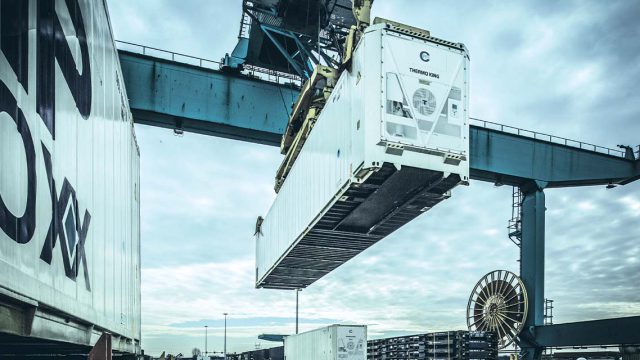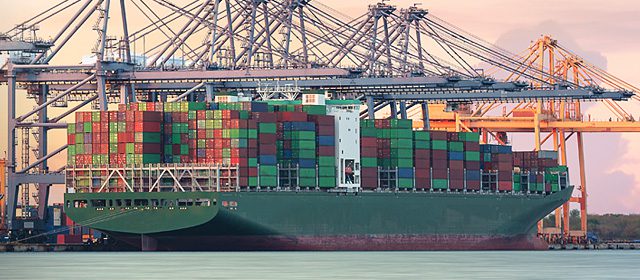Driving more sustainable cooling: how new refrigerants help lower emissions
Refrigerants
Refrigerants are essential to the functioning of an HVAC system, as this is the medium that ensures heat is absorbed from the environment. Whether that heat is generated when several people are in the same room, or simply by the sun heating the air. Chemical-based refrigerants are very efficient in this heat transfer, but harmful to the external environment if they leak or are not handled correctly during the product lifecycle. The use of refrigerants isn’t limited to HVAC units, the fridge in your kitchen operates on the same principle.

Refrigerants have undergone several evolutions since their inception and use. The first compounds used in vapour-compression refrigeration were toxic and highly flammable. In 1928 Thomas Midgley Jr. created the first non-flammable, non-toxic chlorofluorocarbon (CFC) gas. These were in use for more than 50 years, before scientists discovered that they caused major harm to the ozone layer. The industry, backed by the UN phased out the use of CFCs in favour of the less damaging hydrofluorocarbons (HFC). By 2006, 98% of all CFCs in use had been eliminated completely. Today, the ozone layer is healing, a testament to what innovation and cooperation can accomplish.
Further innovation
Now, the industry faces new challenges and opportunities. HFCs may not be damaging to the ozone layer, but they do contribute to climate change. They are extraordinarily potent greenhouse gases, up to a thousand times more potent than CO2. Thermo King is working closely with other partners in the industry to address this issue.
One possible solution is the use of so-called ‘natural’ refrigerants, like propane and CO2. While these produce little to no direct emissions and thus don’t contribute to climate change, there are a few drawbacks to their widespread adoption in public transport. First, there is theirflammability rating. Propane is highly flammable, and when it comes to the safety of passengers, Thermo King is not willing to take risks since we cannot control every situation – people might, for example, smoke on the platform, despite instructions to the contrary. On top of that, trains and metro also pass through tunnels where there is more electrification, and thus a higher risk factor. Thermo King chooses to err on the side of caution and decides against using these flammable refrigerants.
This decision meant that further research and innovation was needed. As a result of this step-down approach to reducing Global Warming Potential (GWP) in the refrigerants used in our HVAC systems, we offer R-513A. This refrigerant is a mixture of two refrigerants, keeping the best features of both and improving where possible. R-513a is non-flammable and has a roughly 50% lower GWP than R134a while offering a good energy consumption vs cooling capacity ratio (COP). In other ways, it’s a good middle ground between safety, efficiency and sustainability.
This is the future for HVAC in Bus, Rail, Tram and Metro. Passengers can travel in comfort, and make a difference – take public transport and be more sustainable. Thermo King remains dedicated to providing solutions for the future made to fit the technology of today. Or as Peter Hansen, Senior Product Manager for Thermo King MRA puts it, “This is why we go to work every day. To make a difference and change an industry.”
Other relevant articles that might interest you

Marine
Taking steps: lowering the carbon footprint of today’s cold chain.
We can all understand the driving impetus behind efforts to cut the carbon footprint of supply …

Marine
Reliable Refrigerated and Intermodal Marine Transport.
Thermo King’s passive refrigeration technology is an autonomous concept for intermodal applications that combines the …

